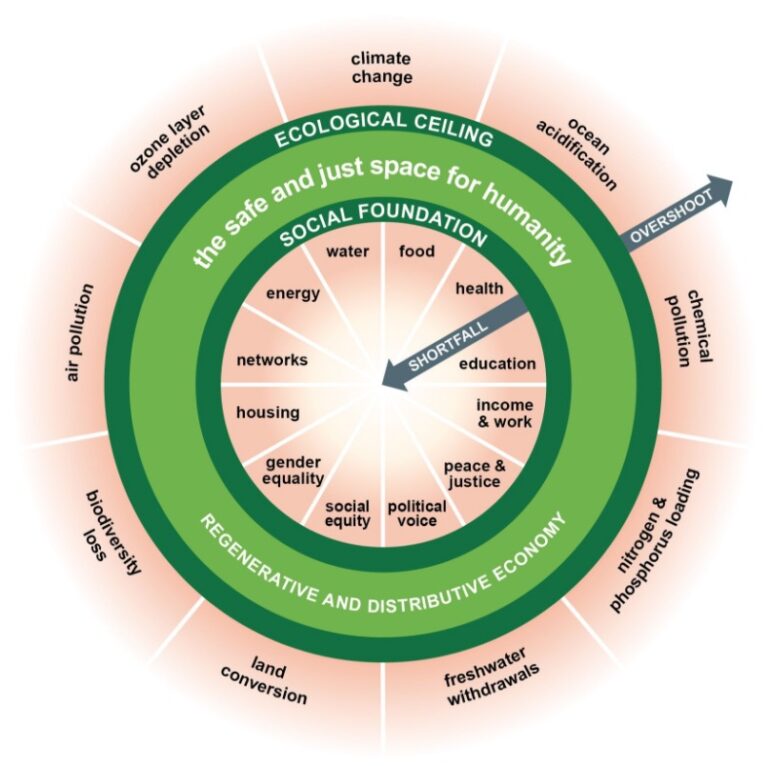10 Year Anniversary
Wow – 10 years flies by! 10 years of running my own business. Now a total of 18 years of business transformation using systems thinking methods – helping leaders, teams, departments and whole organisations improve how they deliver service to their customers. Thank you to all those who have sent me good wishes…










